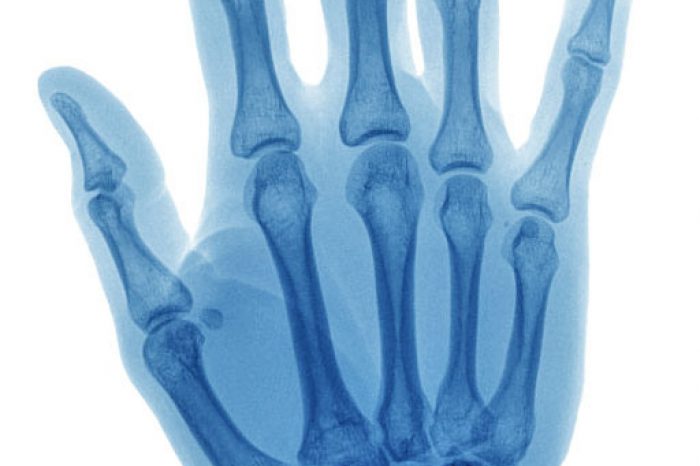
Trigger finger is believed to be due to the catching and sudden releasing of the flexor tendon by the first annular (A1) pulley. The diagnosis of trigger finger is clinical, and based on physical examination. A1 pulley release surgery is used in cases that fail conservative treatments.
In recent years, percutaneous and ultrasound-guided techniques have been developed to improve surgical outcomes and speed recovery. Although various forms of postoperative management (i.e. bracing, stretching or strengthening exercises) have been proposed, few studies have looked at how effective these treatments are and there is currently no standard rehabilitation protocol.
The severity of a trigger finger is graded based on a classification system proposed by Froimson that divides the conditions into 4 grades:
Lu et al. (2015) studied a postoperative rehabilitation protocol for patients with contracture due to a trigger finger (grade IV) and who were treated with an ultrasound-guided percutaneous trigger finger release.
The postoperative rehabilitation programs were performed by an experienced occupational therapist knowledgeable about the protocol, and treatments occurred twice a week for 4 weeks. The authors found that participants who received postoperative rehabilitation had significantly greater improvements in range of motion compared with the participants who received no therapy after surgery.
A practical postoperative rehabilitation protocol after an ultrasound-guided percutaneous trigger finger release resulted in greater improvements in the joint range of motion than when patients received no therapy after surgery. The study only included patient that had joint contracture due to the trigger finger, but could be modified for individuals with less severe cases of trigger finger.
References:
Learn about ultrasound-guided A1 pulley release for trigger finger treatment, a minimally invasive procedure with a 97% success rate and fast recovery time. This technique is safer and more effective than traditional
Read MoreTrigger finger, also known as stenosing tenosynovitis, is a common hand condition that affects the tendons in your fingers or thumb. If you're dealing with pain, stiffness, or a locking sensation in your fingers, you
Read More